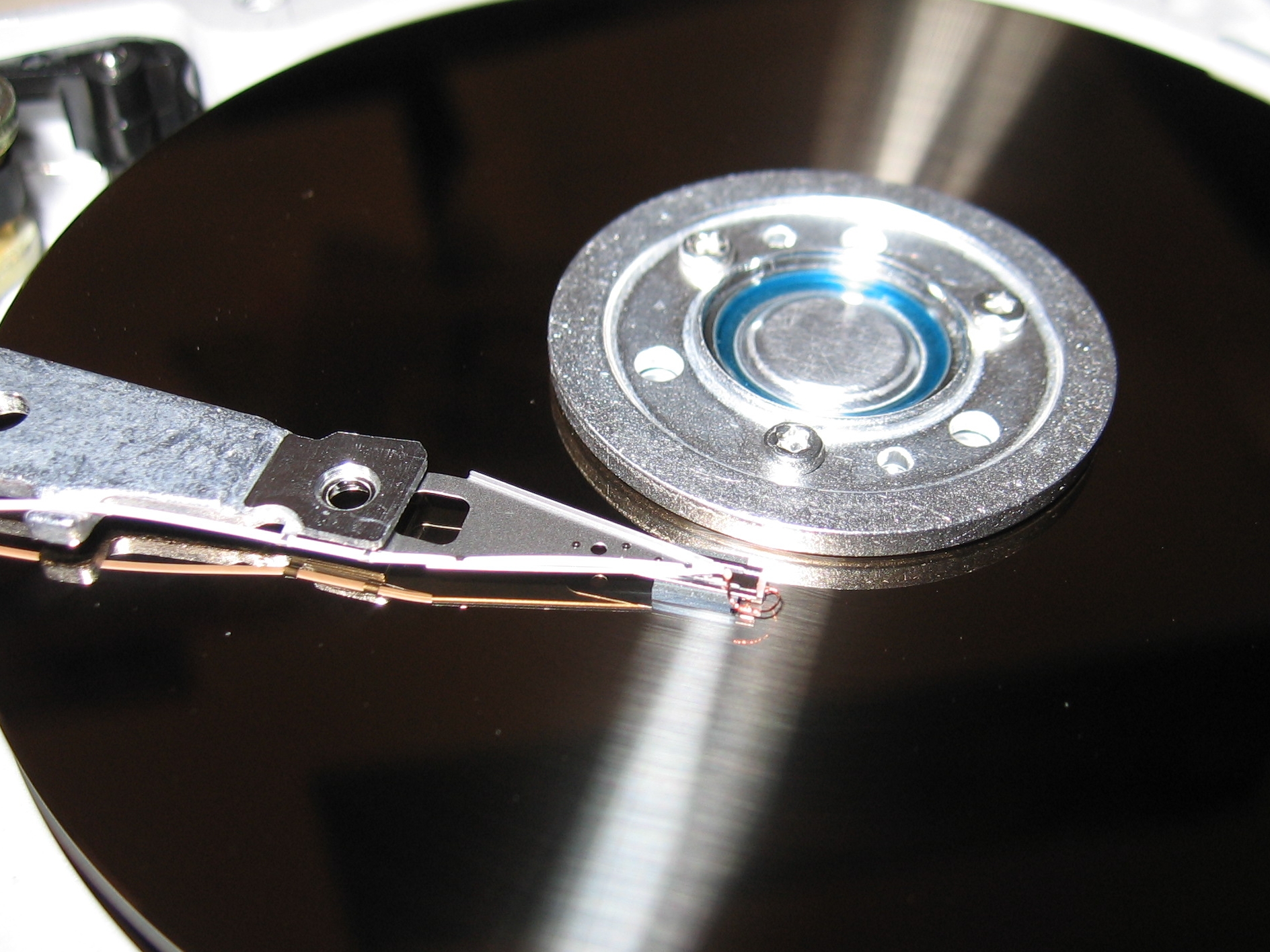 Forensic data analysis (FDA) is a branch of
Forensic data analysis (FDA) is a branch of digital forensics
Digital forensics (sometimes known as digital forensic science) is a branch of forensic science encompassing the recovery, investigation, examination, and analysis of material found in digital devices, often in relation to mobile devices and com ...
. It examines structured data
Data ( , ) are a collection of discrete or continuous values that convey information, describing the quantity, quality, fact, statistics, other basic units of meaning, or simply sequences of symbols that may be further interpreted for ...
with regard to incidents of financial crime
Financial crime is crime committed against property, involving the unlawful conversion of the ownership of property (belonging to one person) to one's own personal use and benefit. Financial crimes may involve fraud (cheque fraud, credit card f ...
. The aim is to discover and analyse patterns of fraud
In law, fraud is intent (law), intentional deception to deprive a victim of a legal right or to gain from a victim unlawfully or unfairly. Fraud can violate Civil law (common law), civil law (e.g., a fraud victim may sue the fraud perpetrato ...
ulent activities. Data from application systems or from their underlying databases is referred to as structured data.
''Unstructured data
Unstructured data (or unstructured information) is information that either does not have a pre-defined data model or is not organized in a pre-defined manner. Unstructured information is typically plain text, text-heavy, but may contain data such ...
'' in contrast is taken from communication and office applications or from mobile devices. This data has no overarching structure and analysis thereof means applying keywords or mapping communication patterns. Analysis of unstructured data is usually referred to as computer forensics
Computer forensics (also known as computer forensic science) is a branch of digital forensics, digital forensic science pertaining to evidence found in computers and digital storage media. The goal of computer forensics is to examine digital me ...
.
Methodology
The analysis of large volumes of data is typically performed in a separatedatabase
In computing, a database is an organized collection of data or a type of data store based on the use of a database management system (DBMS), the software that interacts with end users, applications, and the database itself to capture and a ...
system run by the analysis team. Live systems are usually not dimensioned to run extensive individual analysis without affecting the regular users. On the other hand, it is methodically preferable to analyze data copies on separate systems and protect the analysis teams against the accusation of altering original data.
Due to the nature of the data, the analysis focuses more often on the content of data than on the database it is contained in. If the database itself is of interest then Database forensics
Database forensics is a branch of digital forensic science relating to the forensic study of databases and their related metadata.
The discipline is similar to computer forensics, following the normal forensic process and applying investigative ...
are applied.
In order to analyze large structured data sets with the intention of detecting financial crime it takes at least three types of expertise in the team:
# A data analyst to perform the technical steps and write the queries,
# A team member with extensive experience of the processes and internal controls in the relevant area of the investigated company and
# A forensic scientist who is familiar with patterns of fraudulent behaviour.
After an initial analysis phase using methods of explorative data analysis the following phase is usually highly iterative. Starting with a hypothesis on how the perpetrator might have created a personal advantage the data is analyzed for supporting evidence. Following that the hypothesis is refined or discarded.
The combination of different databases, in particular data from different systems or sources is highly effective. These data sources are either unknown to the perpetrator or such that they can not be manipulated by the perpetrator afterwards.
Data Visualization
Data and information visualization (data viz/vis or info viz/vis) is the practice of designing and creating Graphics, graphic or visual Representation (arts), representations of a large amount of complex quantitative and qualitative data and i ...
is often used to display the results.
References
* Jörg Meyer: ''Forensische Datenanalyse.'' 1. Edition. Erich Schmidt Verlag, Berlin 2012, . * Christian Hlavica, Uwe Klapproth, Frank Hülsberg et al: ''Tax Fraud & Forensic Accounting.'' Gabler Verlag, Wiesbaden 2011, {{ISBN, 978-3-83491-429-3.External links
Cyber Intelligence
Digital forensics Tax investigation Financial crime prevention